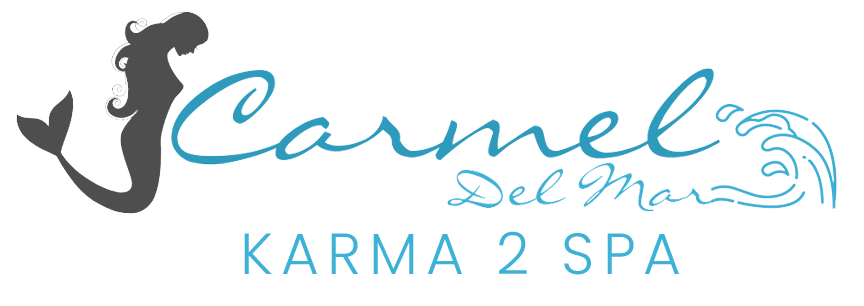Ingredient advances are one of the most exciting areas oof skin care today. Like drug development, these
technologies filter down to over the counter products due to the lucrative nature of the industry. People
will spend exorbitant amounts of money in an effort to look younger and better.
There are many new ingredients we estheticians get excited about. There are also many highly touted,
yet virtually worthless ingredients.
The most promising ingredients of the past few years are stem cell technologies. However, this category
has many worthless products, Stem cells are “master” cells that can mimic any cell in the body. They
actually “unlock” the cell nucleus and stimulate the cell to perform more effectively. Most reputable
stem cells are obtained from human adipose tissue, or fat cells. Hence the cost of formulating them is
high. You will never find a stem cell serum for under $100. They are manufactured in tightly controlled
laboratory settings.
There are stem cell creams available that cost upwards of $800. These often contain apple stem cells or
grape stem cells, which are not functional, as they do not contain the exosome, or the delivery system of
the stem cell If Kim Kardashian uses the Guerlain stem cell cream, it’s not giving her beautiful skin. Her
skin is most likely the result of good genetics and possible refinement from lasers and light based
therapies. So, save your money.
Another hot ingredient today is Vitamin C. These serums and creams are lauded as treating everything
from hyperpigmentation to fine lines, rough texture, etc. These promises are solid and everyone should
be incorporating a good Vitamin c product into their daily regimen. However, there are several different
types of Vitamin C products available. Some are not even bioavailable, i.e. the skin cannot utilize the
formula. Ascorbic acid is the most common form of Vitamin C available today. It is water soluble,
therefore it cannot penetrate beyond the stratum corneum, the outermost layer of your skin.
Interestingly, any formulation that penetrates beyond the stratum corneum is classified as a drug by the
FDA and is regulated and therefore available only by prescription. In practice the FDA is notoriously
behind the times on this matter.
A better Vitamin C formulation is MAP, Magnesium Ascorbyl Phosphate. It penetrates beyond the
stratum corneum and will produce good benefits especially with regard to brightening the skin. Another
good formulation is SAP, Sodium Ascorbyl Phosphate. It’s effective, especially for acne prone skin, but
less effective than MAP. Recently, Peter Thomas Roth introduced a Vitamin C formula with THD,
Tetrahexadecyl Ascorbate. This is a dangerous ingredient. It has been shown to cause granulomas when
injected under the skin. It’s similar to the Nicholas Perricone debacle of a few years ago with Vitamin C
ester. Yet, the Peter Thomas Roth product retails for $90. You can purchase a good MAP formula for as
little as $50. It should be used twice a day for best results.
Another great ingredient that should be in everyone’s regimen is retinol. All retinols are derivatives of
Vitamin A. The original and still strongest is tretinoin, available only by prescription as Retin A. A game
changer when it was discovered in the 70s, Retin A stimulates collagen, the building block of our skin’s
support matrix. As such, it reduces wrinkles caused by UV radiation and intrinsic aging. It also minimizes
hyperpigmentation , rough skin texture and enlarged pores, or follicles. Unfortunately, it also causes
massive skin inflammation, which is now believed to be a cause of premature aging. How ironic!
Fortunately, there are milder, yet still effective options available today. Retinol acetate, retinol palmitate
and the much gentler retinaldehyde are available and will improve the skin dramatically, albeit at a
slower rate. I personally use Osmosis retinaldehyde, as I believe it converts to retinoic acid the best and
the fastest and gives dramatic results, while being tolerable.
A great newcomer to the ingredient game is niacinamide, or Vitamin B3. It’s the star of the K Beauty
world, as Korean skincare is cutting edge with regard to brightening. You can purchase SKII for $180 or
you can find an exact dupe for less than $60. The active ingredient, galactomyces ferment, is derived
from sake, a Japanese fermented liquor.
In summary, there are lots of exciting, effective ingredients out there now. Learn to read the labels on
any product that you are considering purchasing. Good skin care need not be expensive.
Remember that ingredients are listed in descending order on the product label, unless the product
contains an active ingredient or drug. Then the ingredients can be listed in any order after the drug.
Realistically, the first four or five ingredients are pretty much the formula. Any ingredient present in the
formula at 1% or less can be listed in any order. So, some sneaky manufacturers will list a pricy, hot
ingredient at the top of the 1% list. It’s unlikely the ingredient is present at a high enough concentration
to be effective.
Ingredients are being rapidly developed so stay in touch with your esthetician to remain on the forefront
of these sometimes amazing ingredients.
Carmel Buckley
